An Ancient Ring
In 1969, near the Palestinian West Bank, a team of archaeologists led by Gideon Foerster discovered an ancient ring that was more than meets the eye. Found within the ruins of an ancient palace, the ring was discarded as a mere trinket by Foerster’s team.

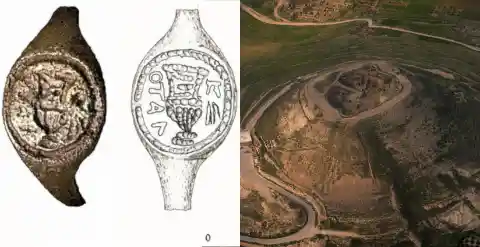
However, in 2018 a new team of researchers made an incredible discovery. The ring found decades ago could have belonged to Pontius Pilate…the man who crucified Jesus Christ.
A History Rooted in the Bible
To understand the significance of this historical find and the ring itself, it’s important to look at how it ties to Jesus and his role throughout history.


It’s common knowledge, that the Bible states Jesus died for the sins of the world to grant eternal life to those who believed he was the son of God. While this can’t be proven 100%, Jesus is documented in history as being a prophet who had quite a few followers and ruffled many feathers of the Roman elite.
A Symbol of the Christian Faith
Jesus has remained a very powerful symbol of the Christian faith. It is believed his death was proof of his devotion to God and saving humanity.


However, Jesus’s untimely end was not something that happened on a whim. In fact, he remained a target for most of his life.
A Plot To Kill
According to the Bible and historians, a plot to kill the so-called “Messiah” actually began during the story of the Nativity and his prophesied birth.


While the Romans may have succeeded in ending Jesus’ life, others made attempts to remove him from society had been planned before he was born.
A Ruthless Ruler
The Gospel of Matthew reveals that the three Magi who visited Jesus to present him with gifts were actually roped into a plot unknowingly by Herod, King of Judea. Herod was a wicked ruler who saw Jesus as a threat to his power.


A violent man and very protective of his throne, he asked the wise men to let him know of the child’s location, so he too could pay his respects. Of course, Herod had a much more sinister plot brewing.
An Angelic Warning
As the wise men followed the star to Bethlehem, an angel warned them of Herod’s plot to kill the infant.


Thankfully, they took the warning to heart and agreed to keep the baby’s location safe, refusing to return to Herod’s palace after they paid their respects to the newborn Messiah.
Infants Slaughtered
Once Herod realized he’d been duped, he flew into a rage. Since he was not able to locate Jesus, he made a shocking decision: all male infants under the age of two were to be slaughtered.


The act was horrific, but ultimately unsuccessful since Mary and Joseph were able to escape before the order was carried out.
Fleeing to Egypt
Warned that the massacre was going to take place, Mary and Joseph fled to Egypt and waited for years before returning to Judea.


Of course, Jesus would grow up to be a great teacher and amassed a large following before he was 30 years old.
Jewish Elders Turn On Jesus
Unfortunately, as Jesus’s popularity grew, so did his list of enemies. The Jewish elders turned on him and called him a “false prophet” and the Roman authorities saw him as a threat to their empire.


Soon he was branded as an “enemy,” which would be the beginning of the end for the young healer.
Arrested
Jesus would eventually be arrested for his alleged crimes and brought before the fifth prefect of Judea known as Pontius Pilate.


There he was sentenced to death by crucifixion, which would end the story of Jesus as he sacrificed himself for the greater good.
Pontius Pilate
According to historians, the facts about Pontius Pilate are few and far between.


It has been documented that he had a strong disdain for the Jewish community and ordered a large number of executions during his time as Prefect of Judea, a position he took on in 26 AD.
Universally Reviled
According to historical records, Pilate was hated by the people and had many enemies. He performed his job ruthlessly and with a “take no prisoner’s attitude.”


However, it’s believed by some researchers based on historical documents that Pilate softened a bit throughout Jesus’s trial and even considered letting him go at one point. Ultimately, he chose to perform his duty, solidifying his place in history as the man who killed the Son of God.
The Modern Day West Bank
Pilate’s decision to go forward with the crucifixion of Jesus left a mark on history, and to this day artifacts from that time period are still being unearthed.
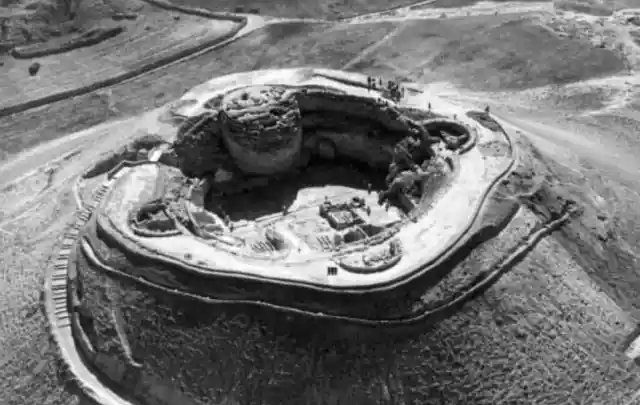
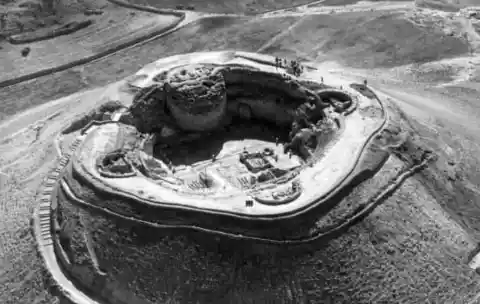
Gideon Foerster was obsessed with Biblical times and spent most of his life working with a team from The Hebrew University of Jerusalem on archaeological digs in the West Bank. It was during one such dig he discovered the infamous ring.
“Herod’s Domain
The area that Foerster worked in was once known as the domain of King Herod. A very large complex known as the Herodium was built prior to Herod’s death, which would be one of his crowning achievements.


The massive structure included the royal home, a bathhouse, as well as an advanced aqueduct system. It is also believed by some historians to be the final resting place of King Herod.
Relics from the Past
There have been quite a few archaeological digs in the area over the past few decades and with its historical significance, you can understand why. Foerster’s dig lasted from 1968 to 1969 and was quite successful.
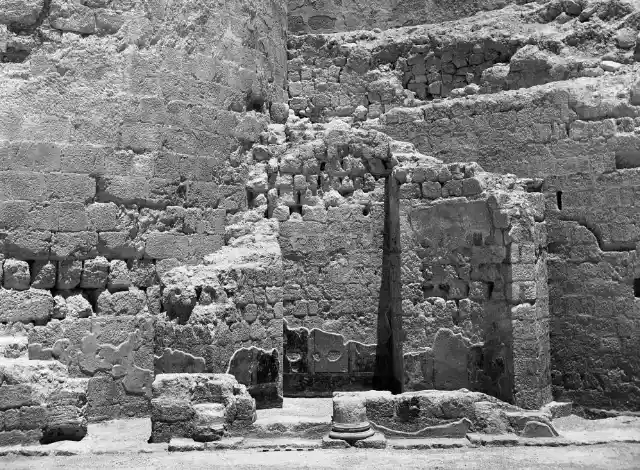
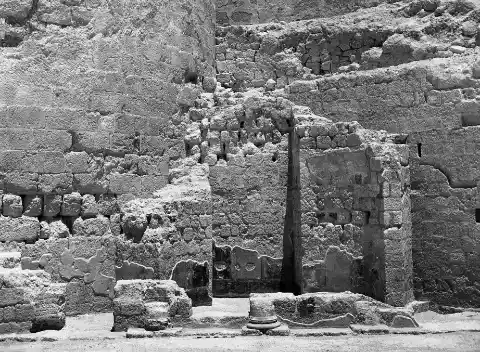
He found a wide variety of relics that included pottery, glass, and jewelry. However, the most significant find was the copper ring. Sadly, Foerster didn’t really study the ring so it was left untouched for decades.
Decades Later
In 2018, a new team of researchers at the university decided to clean and analyze the ring and what they found was very exciting.

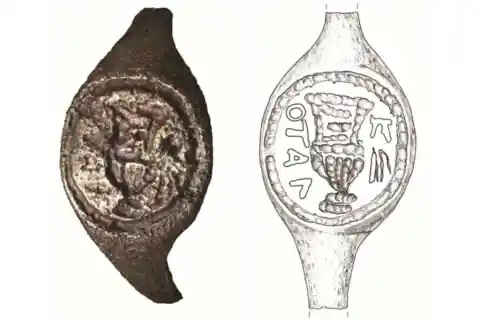
You won’t believe the historical significance this little trinket may have!
A Shocking Discovery
After studying the ring and using 3-D imaging, the team discovered the Greek letters spelling out “of Pilatus.”
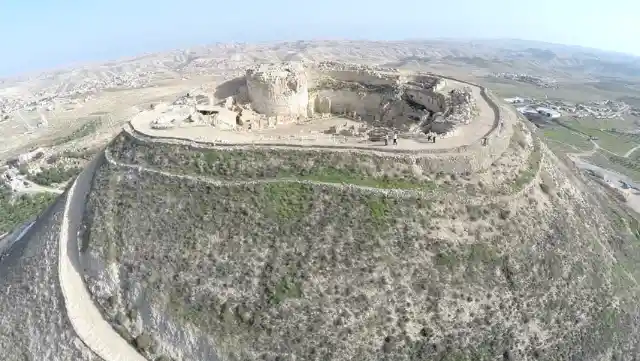
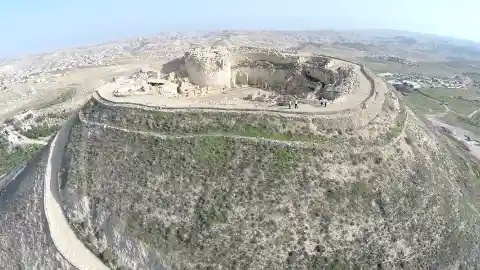
To say they were shocked would be an understatement.
Could It Be?
Could it be that this ring could have belonged to Pilate…the man who killed Jesus Christ?

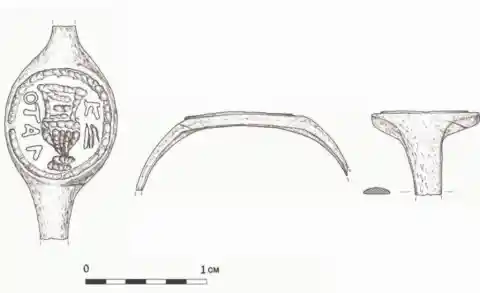
While the ring was simple and only made of copper alloy, the name inscribed on it seemed to claim ownership. Of course, there was no way to be 100% sure.
Not the First
While this may seem like a completely rare find, it isn’t the first artifact discovered with Pontius Pilate’s name on it.

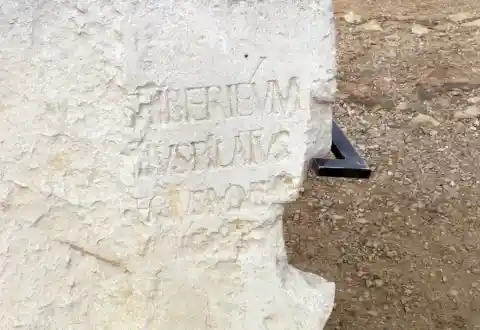
A limestone rock was unearthed back in 1961 that was inscribed with lettering dedicating a building to Emperor Tiberius. The inscription read: “Pontius Pilate… Prefect of Judea… has dedicated this.” How cool is that?
Proof of Pilate, Not Jesus
While the ring and stone can prove beyond the Bible that Pontius Pilate did exist at some point in the past, it doesn’t prove the historical claims of Jesus and his work in the Bible.


However, proving Jesus’s existence was not the purpose of the researchers’ work. They wanted to confirm that the ring did, in fact, belong to Pilate.
The Hebrew University
Archaeologist, Roi Porat, spearheaded the new team studying the ring.


When he first found it in the university’s archives, it didn’t seem like much, but after it was cleaned and they discovered the inscription, he authorized a full examination of the unique piece of jewelry.
Full Examination
The ring was subjected to a full scientific examination, which included the ring being photographed using a special camera at a lab belonging to the Israel Antiquities Authority.
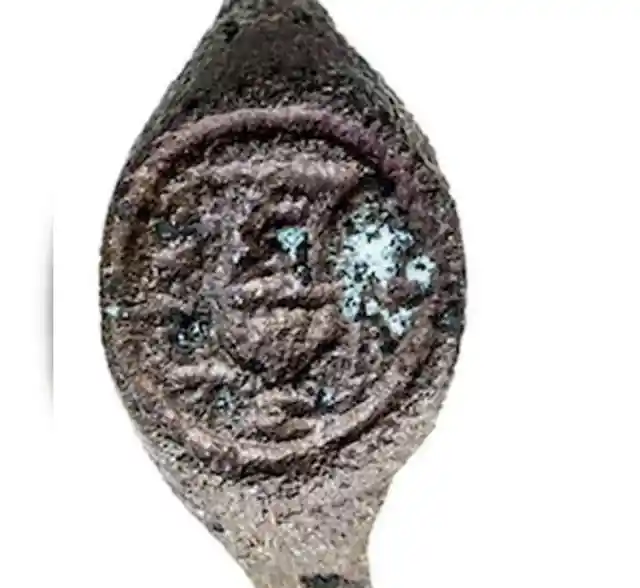
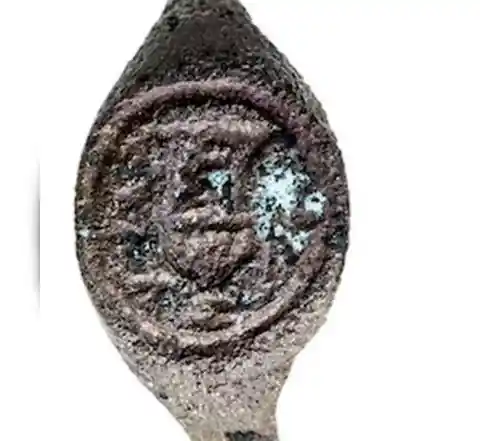
This was then combined with renderings of the ring, which would reveal how valuable it actually was. Who knew this simple ring could have belonged to such a historical figure?
Reflective Transformation
Hoping to enhance the visuals on the ring for further study, Porat used a method known as reflectance transformation imaging to enhance the details on the piece.


This allowed the researchers to identify wine vessels on the ring, which were very common in Judea during the time of Pilate and Jesus. The Greek lettering used was also used during that time to send communications between the Roman Empire and the eastern Mediterranean.
A Rare Name
It’s also important to point out that Pilate’s name was not very common during that time.
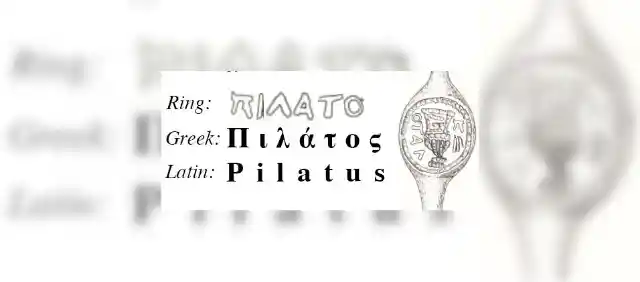
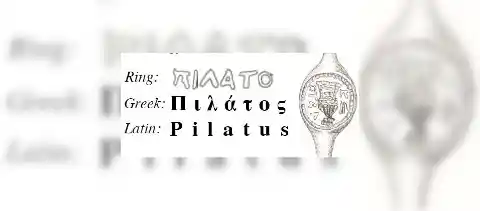
Researchers combed historical documents and couldn’t come up with anyone with the name Pilate or Pilatus. Could it be simply a coincidence or did the ring really belong to the Roman Prefect?
Evidence Against It
However, not everyone was convinced that the simple copper ring belonged to Pilate. The Israel Exploration Society commented that the design of the ring proved it was not made by a “master smith.”
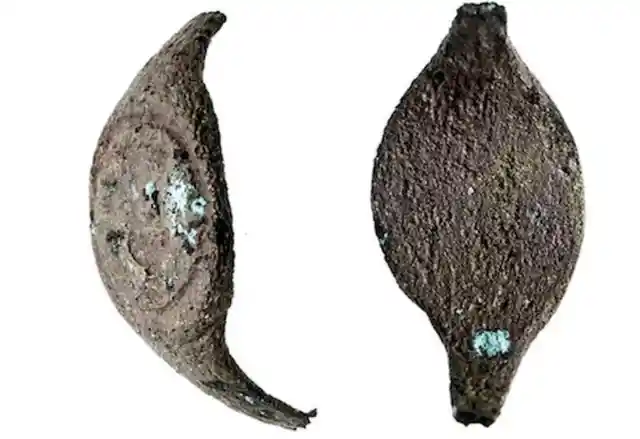
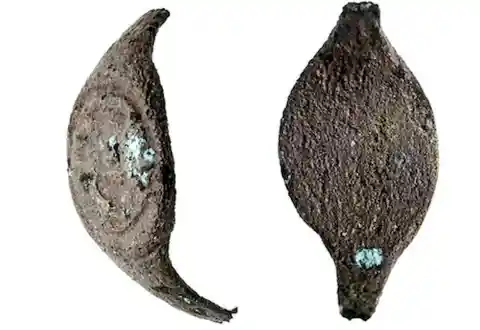
Cast in one piece and also very thin, it didn’t have the design of something a rich Roman would wear. In reality, Pilate most likely had rings made from silver, gold or gemstones. A simple copper ring would not have been worthy of a man of his status.
Property of Soldiers
Another report that was issued on the ring, stated that “simple, all-metal rings were primarily the property of soldiers, officials and middle-income folk of all occupations.”


It was possible that the ring was not worn by Pilate himself, but one of his officials that was acting on his behalf.
Hallmark of Roman Times
Regardless of WHO the ring belonged to, there is no denying that it was a “hallmark of the Roman times” and belonged to the era of Pontius Pilate.


So while the ring can definitely be linked to the Prefect, there’s no real way to prove it was worn by him.
The Engraving Is Key
According to experts who have studied the ring, the engraving is the most telling piece of evidence that the ring was associated with Pontius Pilate in some way.
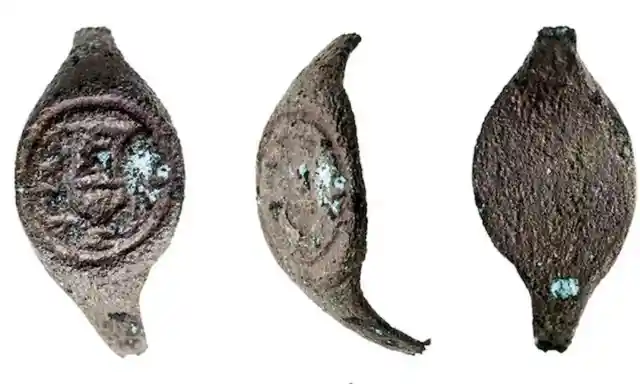
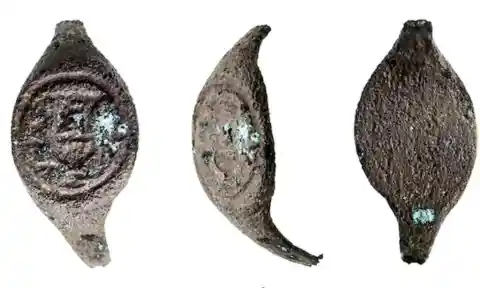
Hebrew University professor, Danny Schwartz stated: “The name was rare even in that era. I don’t know of any other ‘Pilate’ from that era, and the ring shows he was a person of stature and wealth.”
Unearthing the Truth
The fact the ring was found within the ruins of Herodium is another important clue because Pontius Pilate would have frequented the location.
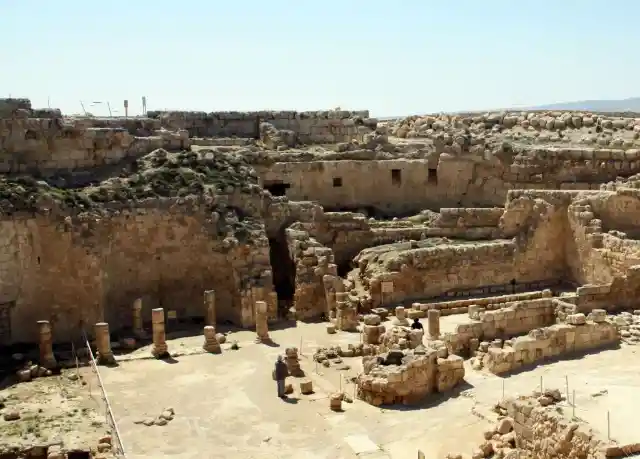
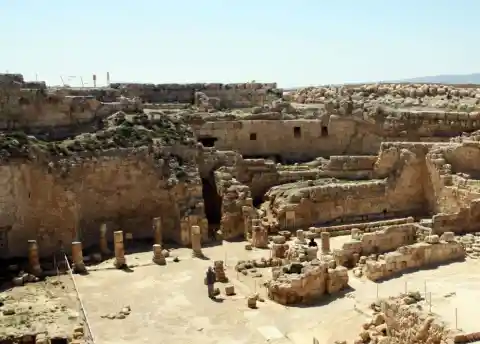
Many areas of the site were used by the Roman administration to conduct business. It’s very possible that at one point, Pilate lived on the grounds while working for Herod.
An Important Find Regardless
Despite the conflicting evidence, the ring is still an important find. It confirms that Pontius Pilate was a real person and not a made up man for the purpose of a story in the Bible.
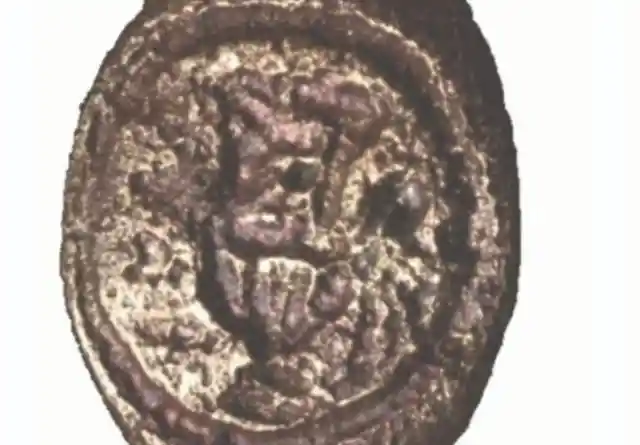
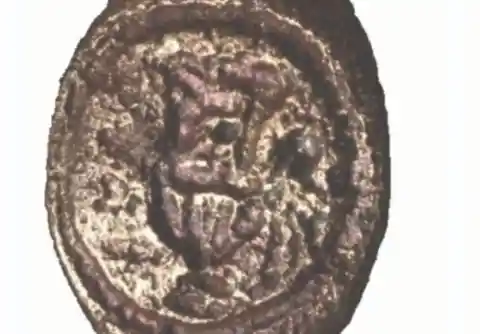
It also helps give historians a better perspective into the jewelry craftmanship of that time period. Did it truly belong to Pilate? We may never know…